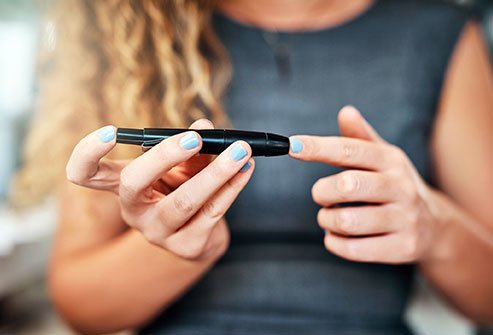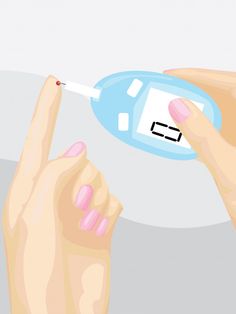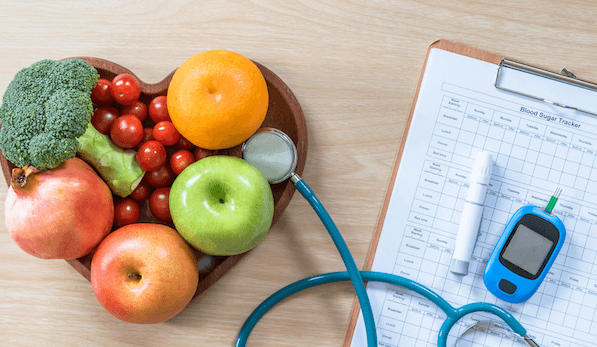Type 1 Diabetes
Author: Recyll Oraiz
Recyll Oraiz
Category: Health

Type 1 diabetes is said to be a chronic illness and it is marked by the body’s inability to manufacture insulin as a result of autoimmune destruction of the pancreas’ beta cells.
Environmental stimuli are said to provoke an autoimmune reaction against pancreatic beta cells in a genetically predisposed individual, resulting in type 1 diabetes.
Additionally, Type 1 diabetes usually appears in youth; however, it can appear at any age from childhood to adulthood. Recent research has shown that the incidence is rising in both the United States and other Western countries. With the incidence in the United States approaching 20 cases per 100,000.
Also, if the child is lethargic, has heavy breathing, or has nausea and vomiting, be on the watch. Type 1 diabetes can be life-threatening if left untreated. If you are concerned that the person is showing indications of this type of Diabetes. You should make an appointment with a doctor as soon as possible.
The answer appears to be strict blood sugar control. If a person has low blood sugar or you believe a person has low blood sugar, take action right once. Check the blood sugar levels and administer fast-acting sugar as needed.
What are the signs and symptoms of diabetes type 1?
-
Increased thirst – is just a few of the signs and symptoms of type 1 diabetes that can occur abruptly. When your blood glucose level is too high, your body tries to compensate by producing urine. Which draws fluid out of your body to eliminate the excess glucose. The more and more frequently you urinate, the less fluid you have in your body overall. Resulting in rapid dehydration. Thirst is your body’s attempt to compensate for the fluid loss.
-
Urination on a regular basis – excess glucose, a form of sugar, builds up in the bloodstream when you have diabetes. To filter and absorb the additional glucose, your kidneys have to work overtime.
-
Unintended weight loss – insufficient insulin hinders the body from absorbing glucose from the blood and converting it to energy in the cells. When this happens, the body begins to burn fat and muscle for energy, resulting in a loss of overall body weight.
-
Weakness and Fatigue – fatigue is a common symptom of type 1. It is by a constant and overwhelming feeling of exhaustion. Your cells are unable to utilise glucose that has become trapped in your bloodstream. This is to fuel your muscles and organs. Fatigue sets in to compensate. It’s your body’s adaptive response to save the glucose it already has.
-
B lurred Vision – sugar causes more fluid to build up behind the lens of the eye when blood sugar levels rise over time. Even after glucose levels return to normal, the lens swells and changes shape, resulting in hazy vision that can take weeks to clear.
Moreover, according to the researcher, testing for autoantibodies, HLA typing, and another test could be used to identify and check the people who are at high risk. This could help people who are susceptible to developing type 1 diabetes.
Some facts about the Type 1 Diabetes:
Many medical professionals are claimed to conclude that Type 1 diabetes can be fully avoided. Especially with correct therapy and proper treatment. This type of diabetes could be treated and controlled with insulin.












